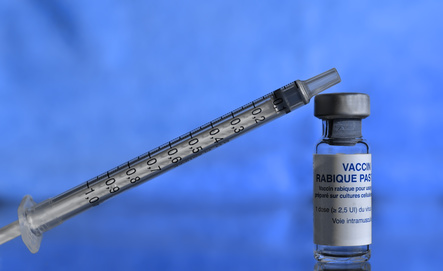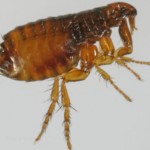
10 Sep2015
Written by contact@vetup.com. Posted in News, General information
 Very many scientific studies have proven the benefits of pets to humans…
Very many scientific studies have proven the benefits of pets to humans…
Having a pet, It's good for the heart
In the proper sense, as in the figurative sense because our small protected decrease our risk of developing cardiovascular disease :

04 Jul2015
Written by contact@vetup.com. Posted in News, General information
I identify my pet
To cross borders, your dog or your cat must be identified by Microchip.
Only animals having been tattooed before the 3 July 2011 and whose tattoo is still clearly legible may be exempted electronic identification.
The installation of an electronic chip is fast and requires no anesthesia.
It can be made during a classical consultation by your veterinarian.

03 Jun2015
Written by Catherine JACQUES. Posted in News, Leaflets, General information

Who says travel abroad said mandatory rabies vaccination !
Any dog or cat that fits the territory french or leaving must obligatorily be vaccinated against rabies ! If the animal has never been vaccinated against rabies or that its vaccination is no longer updated, the owner is outlaw and it takes very big risks to his health.
Be aware, Furthermore, as for travelling abroad the animal must be identified and must have a European passport (issued by your veterinarian). Depending on the country of destination, There may be additional obligations : Learn long enough in advance is therefore essential !

18 May2015
Written by Sophie Le Bars - Denost. Posted in News, Cats, Dogs, Leaflets, General information, NAC
The external parasites of dogs and cats
Our pets can be the target of different parasites it is important to know in order to better combat.
.
1/Fleas
.
Fleas are external parasite of dogs and cats the most frequent.
A few figures that make think :
-1 female may lay 50 Eggs per day during 50 to 100 days
-1 chip lives on average 100 days
-the fallen eggs hatch into larvae in 3 to 7 days
-These larvae develop into adult fleas 2 weeks to 1 month (more quickly if animals are present)
-in the absence of animals to stitch, the larvae can survive several months.
18 May2015
Written by Sophie Le Bars - Denost. Posted in Dogs, Leaflets, General information, NAC, Uncategorized
Here is a presentation of two lesser known skin parasites :
.
The Cheyletiellose
.
Presentation
Cheyletiella is a mite of large feeding on scales on the skin of animals, including dogs and rabbits. Females lay eggs on hair. The complete cycle lasts 3 about weeks. The cheyletielles can survive 5 to 6 weeks in the external environment, They then feed of small dust mites, but need a host to reproduce.

 Very many scientific studies have proven the benefits of pets to humans…
Very many scientific studies have proven the benefits of pets to humans…



